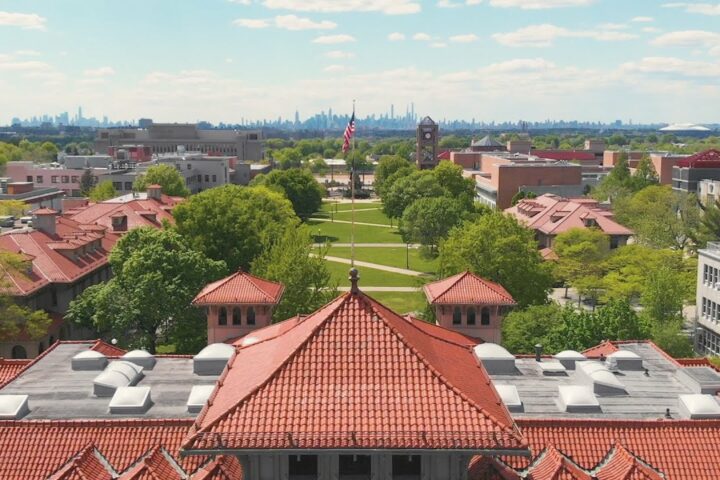No one can forget the storm that destroyed many coastal communities, caused millions to lose power, inflicted billions of dollars in damages and closed down many schools.
While Hurricane Sandy’s effects are still taking its toll months later, Queens College’s earth and environmental sciences professors, Nicholas K. Coch and Stephen Pekar, say Sandy was only a category one storm, with winds never exceeding 90 miles per hour. They caution that the next inevitable storm’s results could be far worse.
As Pekar explained, “Sandy was an unusual event because there were three factors colliding together to contribute to Sandy’s severity: a powerful hurricane with energy and moisture from above-normal sea surface temperatures in the Atlantic Ocean, an unusual dip in the jet stream, steering the storm from east to west and lunar tides that raised the sea level several feet along the east coast.”
Pekar also adds that climate change was a factor in the severity of Hurricane Sandy and will be for future storms.
“Global warming has contributed to abnormally warm water and higher moisture content in the atmosphere, which acts as the fuel for storms, higher sea levels and unusual weather patterns that may be attributed to the rapidly disappearing Arctic sea ice,” he said. “These are ideal conditions for more hurricanes and super storms.”
Professor Coch urges government to take action now to prepare for future storms. He recommends raising flooded power grid equipment to levels higher than possible storm surges, rezoning flood areas and in the event of a disaster, making evacuation mandatory, securing fuel delivery systems and requiring backup generators at all gas stations as well as beginning an infrastructure project to put power lines underground and raise subway entrances.
Coch warns of the vulnerability of the northeast coast due to its “unique topography, geography, geology, oceanography and demography.” He stresses that a category three or four storm could have catastrophic consequences.











